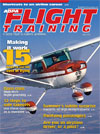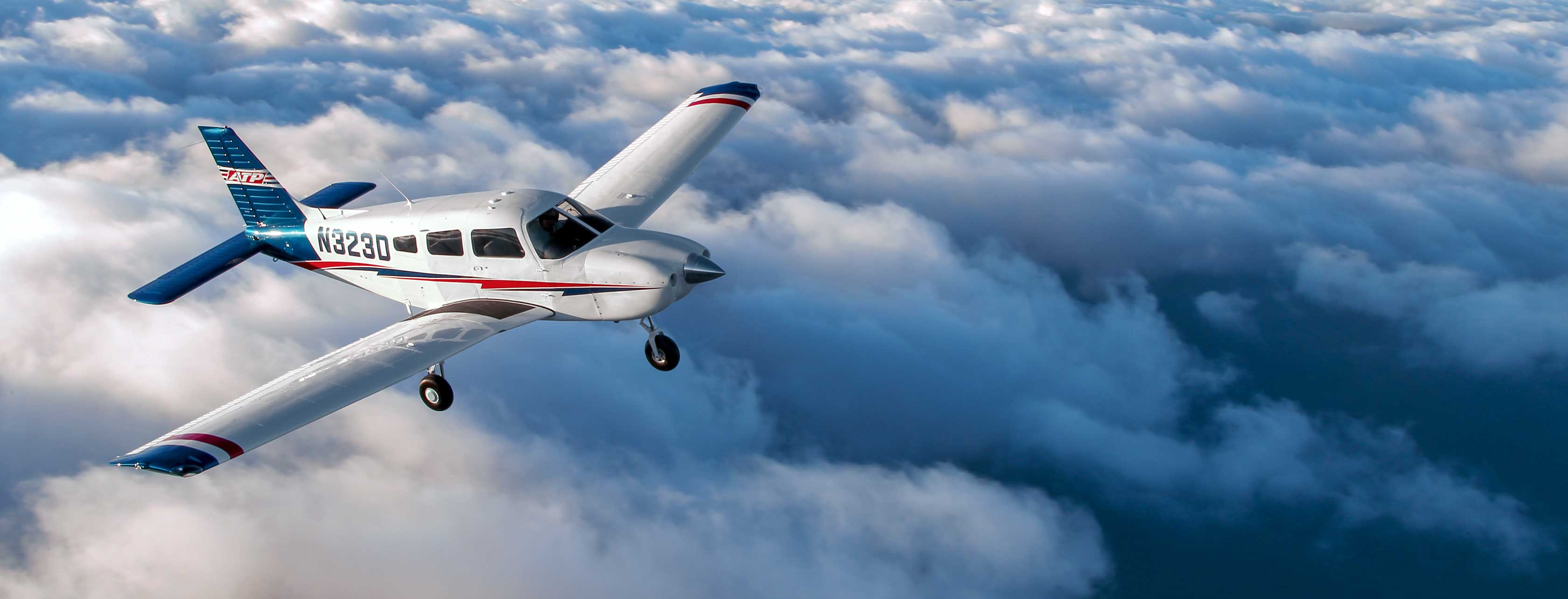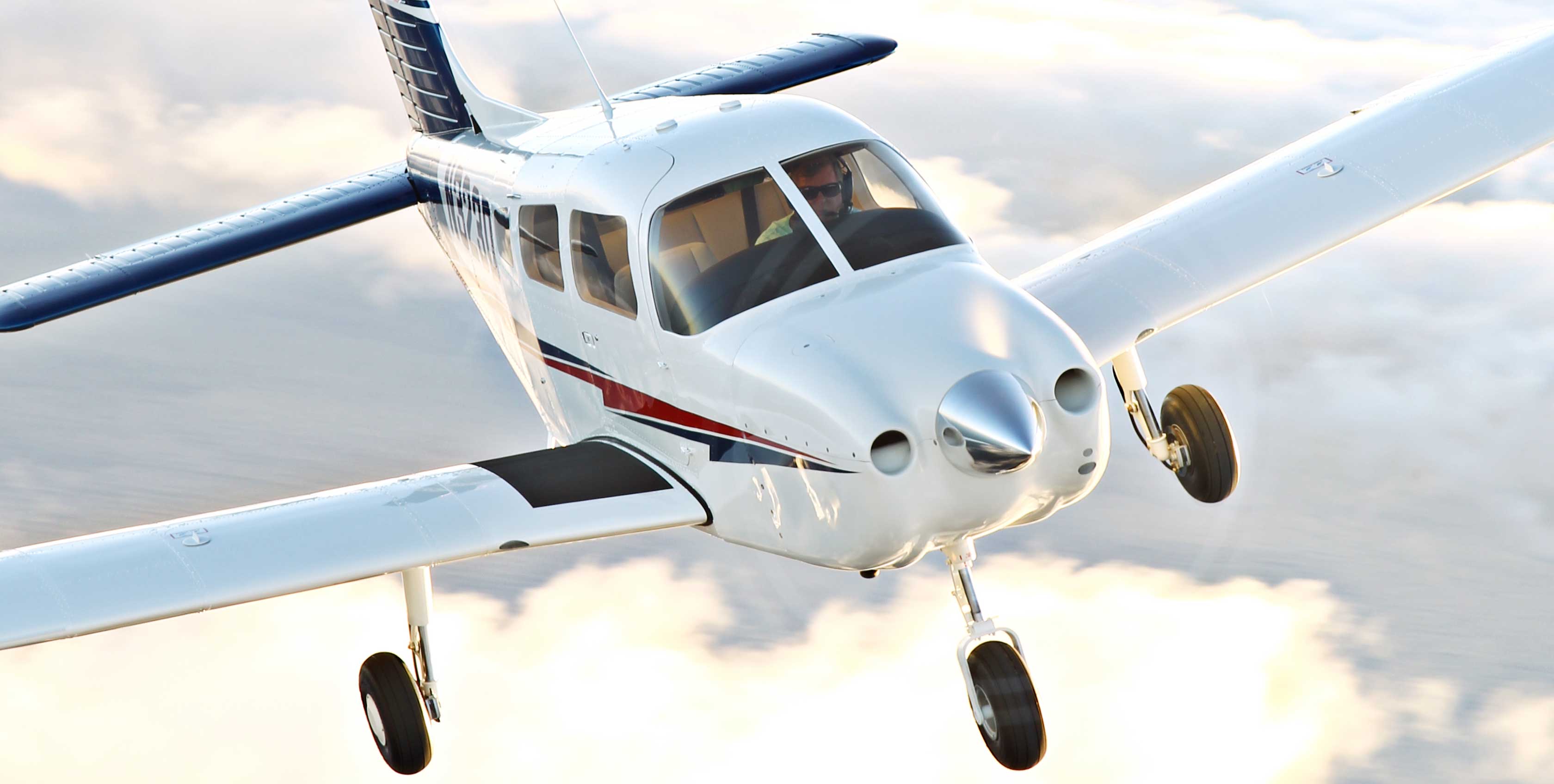Bridging the Gap Shortcuts to the Flight Deck
Anyone contemplating an airline flying career must realize that air travel doesn’t have the glamour that it once had. Consult with any retired airline captain and that individual will certainly say, “It’s just not like it used to be.” But, in the face of the seismic industry changes that have been made since 2000, there are thousands of young and not-so-young aviators who continue to march on toward the front office of a Boeing, Airbus, or Canadair Regional Jet. For those who can honestly say they’ve evaluated the pros and cons and they still want to fly for living, by all means carry on. There is another reality that will eventually manifest itself some-time during training, and that is the gap. Having earned a commercial pilot certificate—and, usually, a pocketful of flight instructor certificates—at about the 275-hour mark, it will dawn on most aspiring professionals that 275 hours are way short of airline hiring flight time minimums.
SkyWest Airlines states that pilot applicants must have at least 1,000 hours of flight time, including 100 hours of multi-engine time. Ditto for American Eagle. Comair invites pilots with 600 hours of total flight experience and 100 hours of multi-engine to apply. Republic Airways posts minimum hiring criteria of 1,500 hours of flying, including 300 hours of multi-engine time. Turbine pilot-in-command time in the 2,500-hour range will begin to open the hiring door at big airlines like Southwest and Continental.
Traditionally, individuals had to make up that gap in flight time. If the flight school or training institution is able, it may offer a select few graduates an opportunity to instruct, or at least provide job placement services. Otherwise, the new commercial/CFI had to fend for himself and pound on flight school doors hoping to gain employment and another 700 to 1,000 hours of experience.
Now there are other options, thanks to bridge programs. It is possible to bypass the published hiring minimums and grab the yoke of a Canadair or Embraer regional jet with fewer than 500 hours of flight time. Just as the term implies, a bridge program is designed to bridge the gap between strictly general aviation experience in light single-engine and multiengine aircraft and an airline career.
A bridge program generally is offered to pilots who earn all of the FAA credentials at a particular school and tally 500 to 700 hours of total time, including about 200 to 400 hours as a school flight instructor. A bridge program, sometimes called a jet transition or airline transition, is generally featured in a formal training organization whose primary business is the preparation of flight personnel for the aviation industry. These include airline-owned academies, private flight academies, and collegiate aviation programs. The curriculum for these training entities includes not only traditional commercial, multiengine, instrument, and flight instructor certificates and ratings, but advanced training as well. The advanced training might include academics in turbine aircraft systems as well as airline procedures geared to a specific carrier. Students enrolled in a bridge program will fly simulators and flight training devices and become familiar with regional jets.
A key element of a bridge program is a “receptor” at the end of training. As such, academies and colleges will develop relationships with certain air carriers, which in turn will offer interviews to students who successfully complete the school’s curriculum and bridge program. Because, in many instances, the advanced training curriculum is developed in partnership with an airline to include its flight procedures, call-outs, and checklists, the company is willing to consider graduates with experience levels hundreds of hours less than the normal minimums.
Airline Transport Professionals, known in the industry simply as ATP, is one of the largest and most successful flight training organizations not owned by an airline. With 22 locations around the United States, this company offers numerous training options. Customers can tailor a program for their goals. In the realm of training pilots for the airlines, ATP has been one of the more aggressive companies in forging relationships with air carriers. It currently has hiring partnership letters with American Eagle, Atlantic Southeast Airlines, Comair, ExpressJet, Pinnacle Airlines, PSA, Republic Airways, SkyWest, and Trans States Airlines. ExpressJet, for example, will interview an ATP graduate who completes the company’s regional jet standardization course, and earns a recommendation from ATP’s regional jet program director, with as few as 500 hours of total flight time and 100 hours’ multi-engine. This presumes that the applicant possesses a first class medical and commercial certificate with multiengine and instrument ratings. American Eagle has similar requirements, but may reduce the total number of hours to 400 if the applicant has gained 200 hours of multiengine experience. ATP’s seven-day regional jet standards certification program introduces pilots to the CRJ-200. Students begin training by attending an FMS ground school where they learn and master the latest glass cockpit technology found in regional jets. Next, pilots undergo a week long RJ systems ground school and spend 24 hours training in a CRJ-200 FTD, all taught by pilots with Part 121 experience. At the end of the week, students must fly the CRJ-200 FTD to FAA airline transport pilot standards during a checkride with the regional jet program director. If completed successfully, pilots will receive a certificate of completion that qualifies them for reduced hiring minimums. So, why did this all come to be? It’s difficult to comprehend, but there seems to be another pilot shortage developing. At most carriers the number of furloughed pilots is rapidly approaching zero, if it hasn’t already reached that point. If there was a glut of pilots waiting to occupy airliner cockpits, you can bet that hiring minimums would be back up to 2,000 hours of total time with 500 hours of multiengine experience.
The airline industry, particularly the regional airlines, have com to appreciate the quality of airmen being dispensed from these institutions and have thus lowered the qualification bar. Does this mean that safety is being compromised? Well, if the Air Force can entrust a multi million-dollar jet to a twenty-something-year-old after a few hundred hours of flight training or Lufthansa can place the controls of an Airbus into the hands of an ab-initio trainee with fewer than 1,000 hours of total flight time, then quality advanced training administered to quality students will at least qualify that person for the right seat of a airliner. It is then that the real learning begins under the watchful eye of the captain. Do your research and explore Web sites. Talk to people, including graduates. Visit schools. The competition from aspiring pilots who have invested in themselves and acquired advanced ground school along with regional jet flight training will have an advantage that can be hard to beat—because they have bridged the gap.



